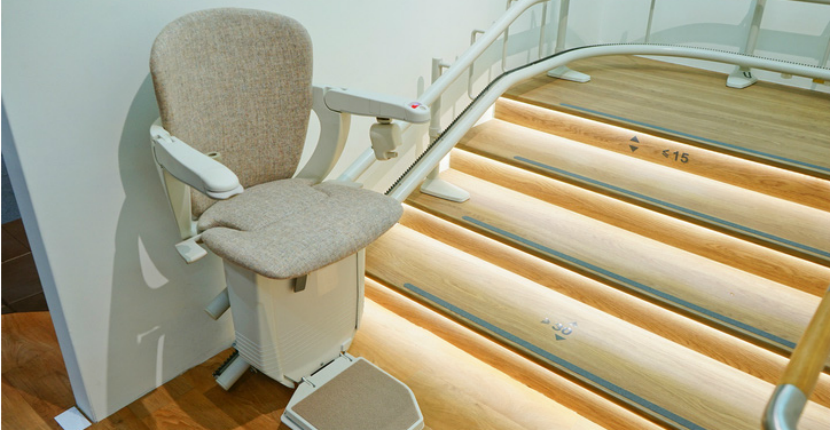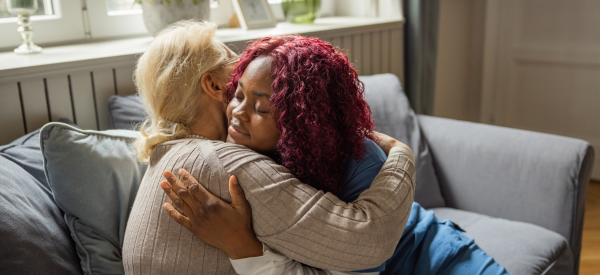With more and more Baby Boomers approaching their Golden Years, the number of seniors choosing to age-in-place is growing year after year.
So, it becomes increasingly more important for elderly loved ones and their family members to raise the level of safety when it comes to living alone. Cost effectiveness and practicality are just a few things to keep in mind when considering what upgrades need to be made to senior-proof your home.
Freedom Home Care offers some additional tips below on how to make your loved one’s home safer and more comfortable for the long haul.
Identify Potential Hazards
It may not be obvious at first glance, but most homes have a number of hidden safety hazardous. And while these things may not be dangerous for you, they could result in slips, trips or falls for your senior.
Start by doing a walk through of their home – things like loose area rugs and dark hallways are a few of the most common culprits. Other things that you may not think of, like busy patterns on drapes or pillows, could lead to aggressive behaviors in adults suffering from mental decline.
Get Estimates on Home Modifications
Once you’ve gone from room-to-room and identified potential hazard spots, decide whether the major areas in the home are accessible and adaptable. This will help in determining what changes need to be made and if they’re feasible based on your senior’s budget.
The next step would be to get an estimate from a licensed and bonded contractor that you trust to do the renovations. Check with others who have previously had work done in their home for recommendations or go online for organizations like the Better Business Bureau for ratings and reviews.
Common Home Improvements
Some of the most routine changes are usually made to the kitchen and bathrooms. If your older loved one has mobility issues it may be difficult for them to reach the cabinets or even the countertops, from a wheelchair. These can be lowered by a contractor to make them more accessible.
The bathroom is another area where modifications are common. Walk-in showers or tubs are helpful for getting in and out without risk of falling and grab bars or bathtub transfer benches are inexpensive ways to keep your loved one safe while bathing.
Other Ways to Senior-Proof Your Home
Since slippery floors are the largest contributor to falls for the elderly, adding backing to all rugs or loose carpeting can greatly reduce the chance of slips and falls.
Removing clutter and securing wires and cords are also ways to cut down on unnecessary accidents in the home.
Eyesight weakens with age. So, the type of lighting in hallways, walkways and doorways is important for proper and another significant step in the overall preventative safety plan for your loved one.




